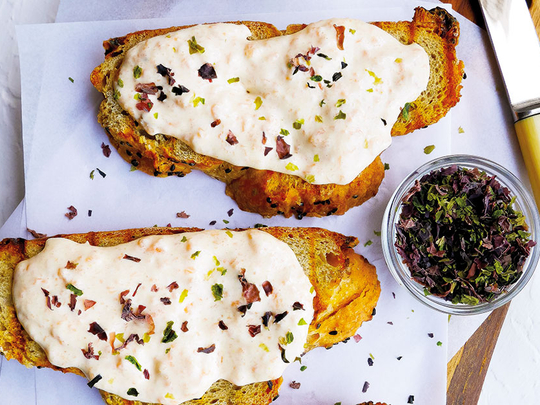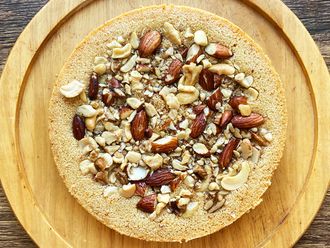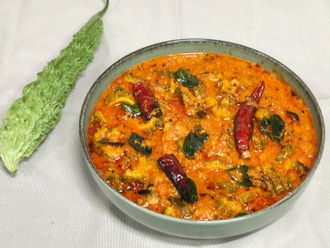
A staple of most cultures, we all love bread — whether it’s gluten-free, wholemeal, sourdough, toasted, buttered, torn or shared, we can’t get enough of the stuff.
My childhood weekend supper would consist of a stack of buttered bread, served with a selection of jams and peanut butter. The pile never lasted long — it was a competitive game of speed and spreading skills.
However, in the winter of 1977, that all changed — the UK was hit by a national bread shortage. Bakers switched off their ovens and joined picket lines, demanding a wage increase. There was a bread-buying frenzy, and stores limited you to how many loaves you could buy. Long queues formed outside bakeries in the early hours to guarantee you get that all-important loaf.
The media added to the hype, with headlines such as ‘It’s Breadlam’, or picketers demanding ‘More dough for their bread’. These were tricky times — what would we have in our lunchboxes, and would it be the end of the road for our weekend treats?
It’s believed that the Egyptians used the first grinding stone, called a quern, to grind some of the first grains to make bread, similar to flatbread and pita. It was later that yeast was added to make the bread we eat today.
As a result of the bread crisis people began to bake their own, and there was an increased demand for flour and yeast. So of course, we started to bake our own too, because the weekends wouldn’t be the same without a stack of buttered bread. Fresh laundry, fresh coffee and baking bread are the most comforting smells of home for me. We had loaf tins all over the house. Bread-making is a skill, a scientific process — proofing is the key to an excellent soft loaf. I’ve had several flat, rock-hard disasters.
Yeast can be bought in a dry granular form, rehydrated and added to flour, sugar and salt to make the bread dough. I’ve experimented with loads of different recipes, adding saffron, fresh chives or mixed herbs. Unlike the 70s, today I use a food processor to make my dough. The weather outside is now perfect for proofing; my balcony is littered with covered baking tins.
I always thought bread was difficult to make, but the results have been amazing — though my weekends aren’t really spent consuming stacks of buttered bread, now it’s more thick toasted slices of homemade bread, topped with chicken and piccalilli or homemade salmon pate.
Just like bread, salmon pate is easy to prepare: blitz 150g of smoked salmon, 250g cream cheese, 1 tsp of English mustard, 1 tbsp of double cream and 1 tbsp of fresh dill in a food processor, transfer to an airtight container and chill for 3-4 hours until set. Serve on some toast with a squeeze of lemon. This recipe will make you want fresh bread every day — which is fine because bread-making is easy and will save you a lot of dough.
Red Onion & Herb Bread
Incredients
■ 2 tsp dry yeast
■ 1 ½ cups warm water
■ 3 cups all-purpose flour
■ 1 tsp sugar
■ 1 tsp salt
■ 1 tbsp of mixed dried herbs, keeping some to top
■ 1 tbsp of butter (to grease the bowl and baking tin)
For the topping
■ ½ red onion, thinly sliced
■ 1 beaten egg to glaze
■ 1 tbs of rock salt
Method
Mix the yeast and a little warm water, stir and leave to stand for five minutes. Add salt, sugar, dried herbs and sifted flour to the food processor bowl (or you can combine the ingredients by hand). Using the dough hook begin to mix the ingredients. Gradually add the water, until the dough is soft and elastic when pulled, add more water if necessary. Butter a mixing bowl, add the dough; cover the bowl with cling film, place in a warm place for an hour. Preheat the oven to 180 degrees. (The dough should have doubled in size). Pour the mixture into the baking tin, top with onion, sprinkle with rock salt and the remainder of the dry herbs. Bake the oven, after 40 minutes, then brush with egg wash and return to the oven for a further 20 minutes. When baked the top will be crisp, tap the bread. which should sound hollow.
— Recipes, food styling and photography by Mark Setchfield, follow him on Instagram @gasmarksix.

















